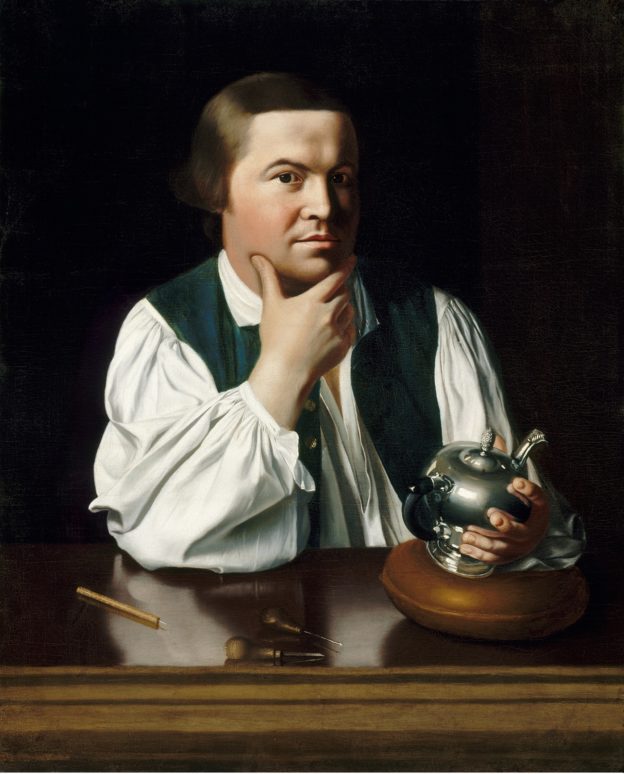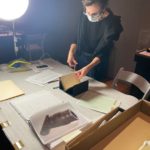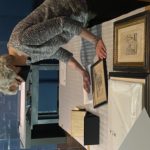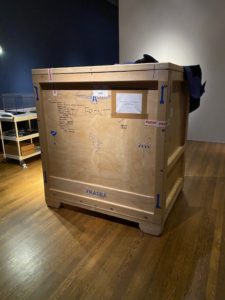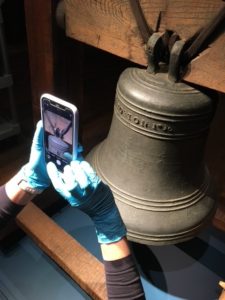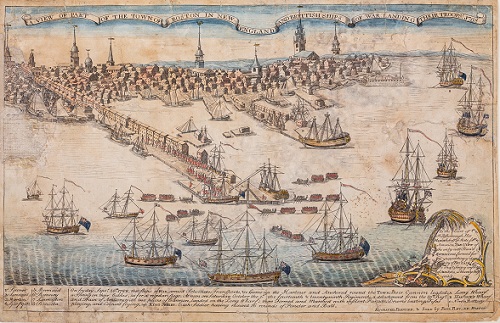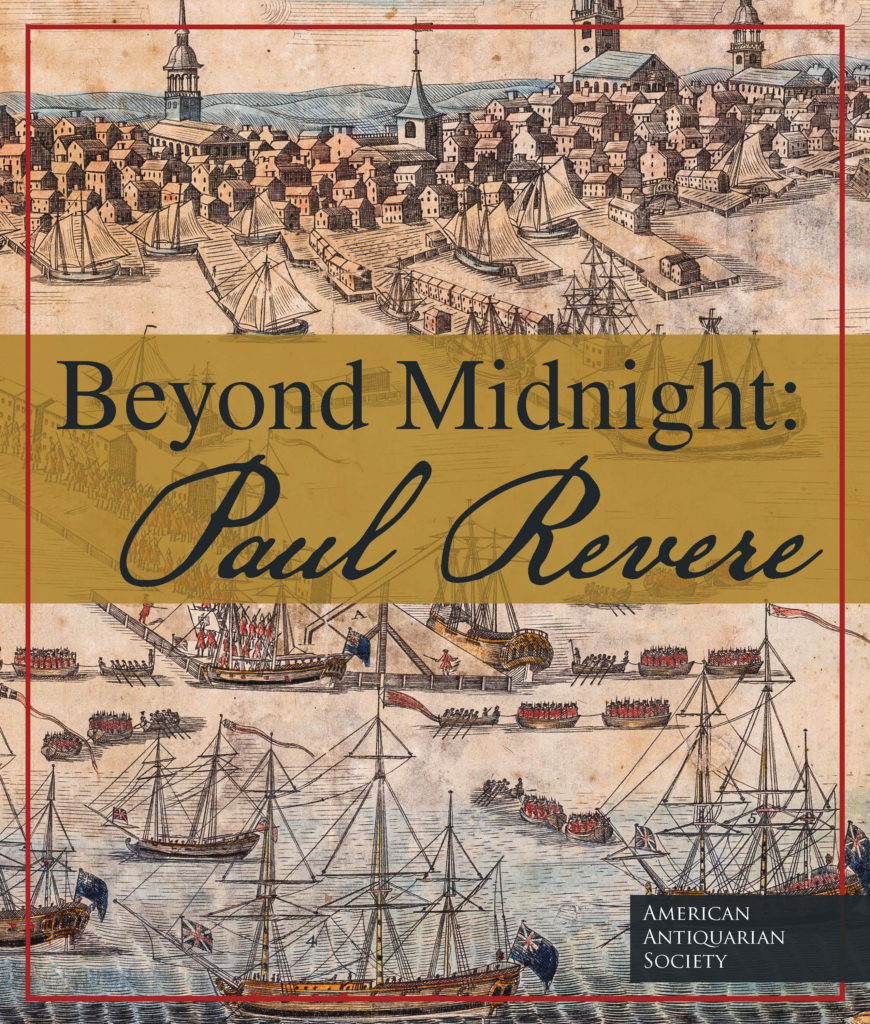The gallery doors that opened, closed, and then reopened on the 2019-2020 traveling exhibition Beyond Midnight: Paul Revere have now closed for the final time.
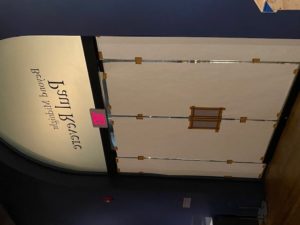 In recent weeks, the exhibition’s many rare prints, paintings, and decorative arts objects were condition checked, packed, and shipped via art handlers safely back to their respective homes.
In recent weeks, the exhibition’s many rare prints, paintings, and decorative arts objects were condition checked, packed, and shipped via art handlers safely back to their respective homes.
Split between two venues in Massachusetts—the Worcester Art Museum and the Concord Museum—the show opened in mid-February 2020, only to close one month later when both museums were shuttered due to COVID-19. Fortunately, both venues reopened months after their closure allowing visitors a second opportunity to view the show. Prior to opening in Massachusetts, the exhibition had enjoyed a good run from September of 2019 through January of 2020 at the New-York Historical Society where nearly 50,000 visitors strolled through its galleries. And while the final venue at the Crystal Bridges Museum of Art in Bentonville, Arkansas, had to be canceled due to the Covid Crisis, my colleague and show co-curator Lauren B. Hewes and I knew that it was high time for the objects to head back to their respective homes.
The deinstallation of an exhibition may not sound like much fun, especially when it entails the challenging circumstances of a pandemic, but the privilege of working up close with the special objects in this show helped make the process rewarding.
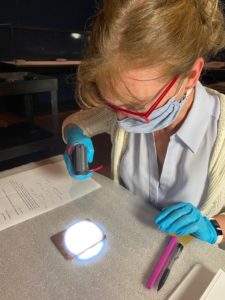 And while the stars of the show may have been the five versions of the Boston Massacre prints shown for the first time together, there were many other impressive objects that helped provide context for the range of products that Revere as artisan and entrepreneur took on over the course of his lifetime.
And while the stars of the show may have been the five versions of the Boston Massacre prints shown for the first time together, there were many other impressive objects that helped provide context for the range of products that Revere as artisan and entrepreneur took on over the course of his lifetime.
Here are just a few of my favorites that I recently got to spend time with during the exhibition deinstallations.
Borrowed for the show from the Massachusetts Historical Society, a copper printing plate allowed us to show viewers the very matrix that Revere used for making his own bookplate 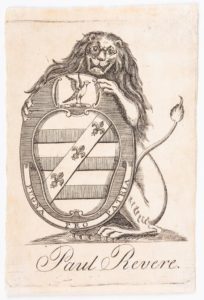 Displaying the copper printing plate along with the bookplate helped us illustrate how prints are made—and what better way to help viewers recognize that the maker had to engrave the image and the letters in reverse to make a successful print! But, regrettably, what museum visitors did not get a chance to see was the back of the printing plate.
Displaying the copper printing plate along with the bookplate helped us illustrate how prints are made—and what better way to help viewers recognize that the maker had to engrave the image and the letters in reverse to make a successful print! But, regrettably, what museum visitors did not get a chance to see was the back of the printing plate. 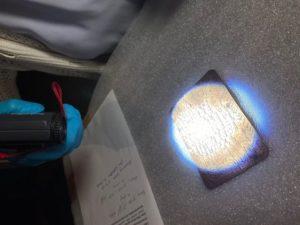 The reverse is covered with engraved letters of the alphabet, suggesting that it was used as a means for Revere or one of his apprentices to practice the art of engraving letters on copper. The ABCs in various font styles cover the plate and any spare space was used to practice cross hatching or border designs. It was truly a delight to see a surviving example of the rote practice that goes into the making of the printed objects that we so cherish in our collections.
The reverse is covered with engraved letters of the alphabet, suggesting that it was used as a means for Revere or one of his apprentices to practice the art of engraving letters on copper. The ABCs in various font styles cover the plate and any spare space was used to practice cross hatching or border designs. It was truly a delight to see a surviving example of the rote practice that goes into the making of the printed objects that we so cherish in our collections.
Another favorite was the Templeman tea service on loan from the Minneapolis Institute of Art. 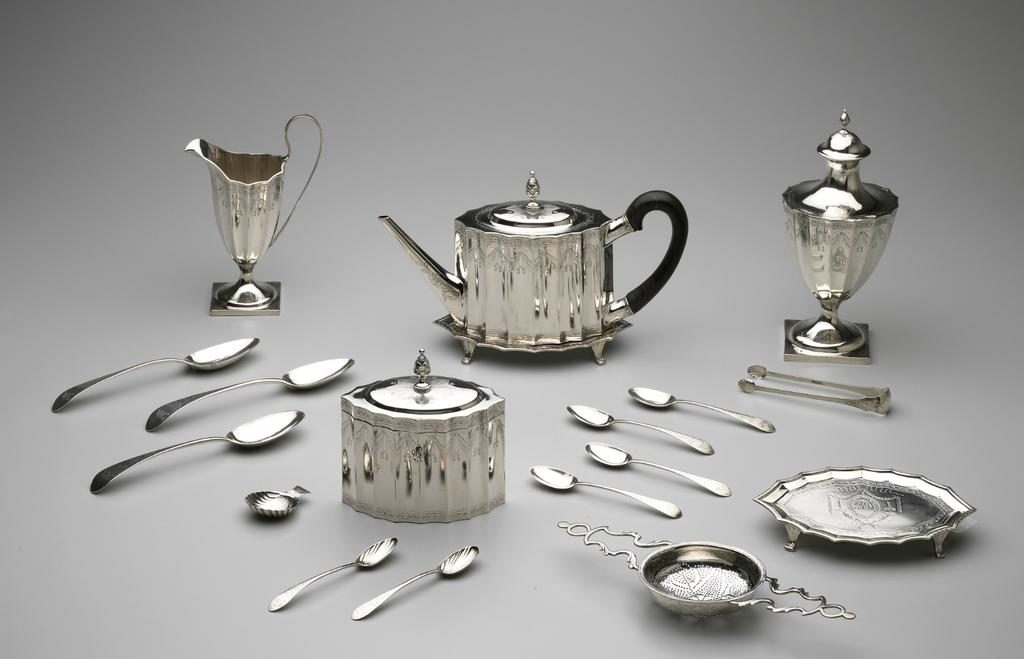 This elegant service is one of Revere’s most impressive silver sets. It was a privilege to simply hold the individual pieces and to examine the seams and tool marks of the inner surfaces of the vessels. Careful examination of the objects is necessary for condition records prior to packing and shipping. Yet knowing that this silver set, made between 1792-93, was created from silver ore that was likely mined with enslaved labor long before it reached Revere’s shop and that it was ultimately polished by one or more of the Templeman’s twenty-five enslaved individuals in Maryland, made the pieces even more poignant to behold. These objects held stories much more complex and troubling than their beautiful craftsmanship could show. This silver service reminds us that hidden labor of art that must be registered to fully understand objects from the past. One additional note regarding this beverage service: the shipping crate that transported the set from Minneapolis to New York and then to Concord before heading back to Minneapolis, might itself be deemed a work of art!
This elegant service is one of Revere’s most impressive silver sets. It was a privilege to simply hold the individual pieces and to examine the seams and tool marks of the inner surfaces of the vessels. Careful examination of the objects is necessary for condition records prior to packing and shipping. Yet knowing that this silver set, made between 1792-93, was created from silver ore that was likely mined with enslaved labor long before it reached Revere’s shop and that it was ultimately polished by one or more of the Templeman’s twenty-five enslaved individuals in Maryland, made the pieces even more poignant to behold. These objects held stories much more complex and troubling than their beautiful craftsmanship could show. This silver service reminds us that hidden labor of art that must be registered to fully understand objects from the past. One additional note regarding this beverage service: the shipping crate that transported the set from Minneapolis to New York and then to Concord before heading back to Minneapolis, might itself be deemed a work of art! 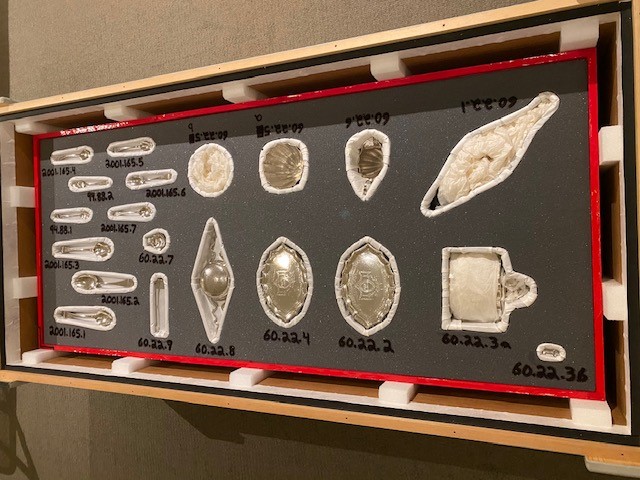 Each piece had its own specially crafted resting place to keep it safe for the journeys.
Each piece had its own specially crafted resting place to keep it safe for the journeys.
It is somehow fitting that the final object that was packed into its art crate at the show’s end was the Norfolk County courthouse bell made by the Revere Foundry in 1796. 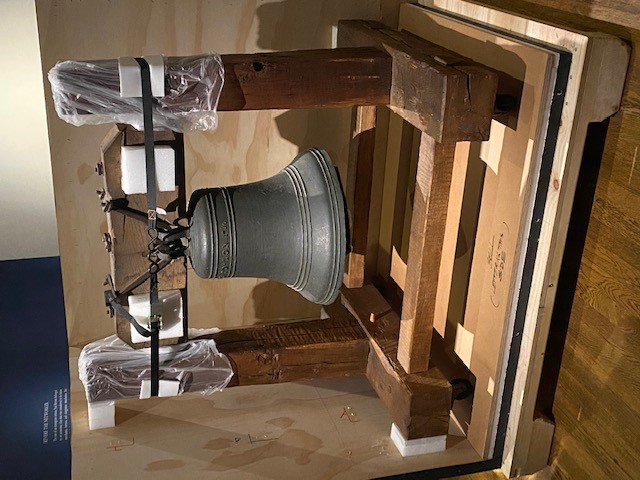 On loan from the Dedham Historical Society, the 224-pound bell was the largest, heaviest, and arguably the most fragile of the objects in the show. Suspended from hanging brackets on its original horizontal support stock, it was critical that the bell not swing causing potential damage to its frame and/or to the bell itself from movement of its wrought iron clapper. Similarly, the applied lettering “REVERE BOSTON 1798” had to be carefully protected from impact.
On loan from the Dedham Historical Society, the 224-pound bell was the largest, heaviest, and arguably the most fragile of the objects in the show. Suspended from hanging brackets on its original horizontal support stock, it was critical that the bell not swing causing potential damage to its frame and/or to the bell itself from movement of its wrought iron clapper. Similarly, the applied lettering “REVERE BOSTON 1798” had to be carefully protected from impact. 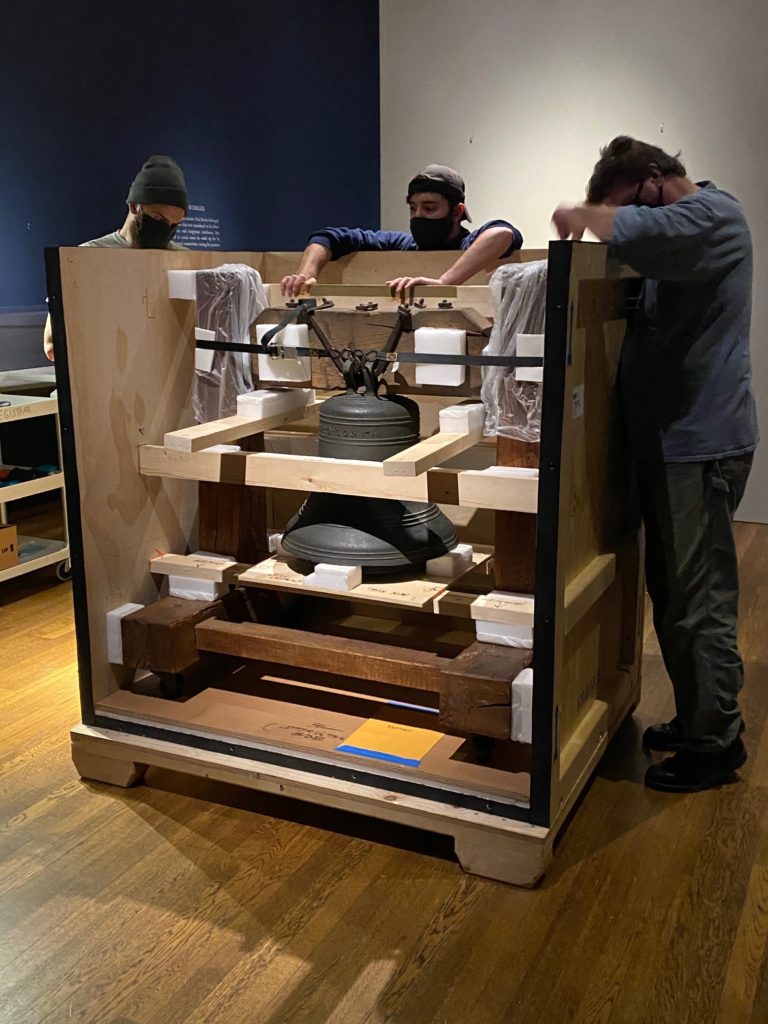 It took a crew of four art handlers to get it safely wrapped and packed into its specially made shipping crate. It was the last Revere object to be put to rest, just as the “passing bell” rang out the number of years of his accomplished life at Revere’s death in May of 1818.
It took a crew of four art handlers to get it safely wrapped and packed into its specially made shipping crate. It was the last Revere object to be put to rest, just as the “passing bell” rang out the number of years of his accomplished life at Revere’s death in May of 1818.
Reflections on the exhibition and its deinstallation brings to mind other positive outcomes of the show, despite the many setbacks due to the global pandemic:
- The collaborations with the venue institutions and with the nineteen institutions and private collectors that loaned items for the show helped built our network of cultural outreach.
- The promotion of the show and its catalog helped us reach new audiences in various formats: writeups in the New York Times, The Boston Globe, and in Antiques and the Arts Weekly; an article in The Magazine Antiques; TV promotion through interviews with Jay Sugarman’s Museum Open House at NewTV: https://newtv.org/recent-videos-community/98-museum-open-house/6164-museum-open-house-beyond-midnight-paul-revere and with GBH’s Open Studio with Jared Bowen–(the last person I shook hands with before COVID-19!) https://www.wgbh.org/program/open-studio-with-jared-bowen/beyond-midnight-paul-revere-lady-day-and-more
- Scholars were invited to think of Revere and his legacy in new ways, leading to a symposium featuring some new perspectives on Revere. After the exhibition reopened at the two venues in Massachusetts, the Society hosted a virtual symposium over the course of three afternoons. The program’s four panels considered Revere’s role as an artisan and manufacturer, addressed global perspectives of luxury and labor, examined local perspectives involving prints and production, and discussed Revere’s legacy in the 21st century. One of the advantages of conducting a virtual program is that it can reach much larger audiences than those offered onsite. How gratifying it was to see that we even had an attendee from France, Revere’s ancestral homeland! (Revere’s father, an immigrant and French Huguenot, had changed his own name from Apollos Rivoire to Paul Revere so that it could be more easily pronounced.) All of the symposium panels can be viewed on our YouTube channel: https://www.americanantiquarian.org/chavic-revere-symposium-2020
- The exhibition lives on in virtual formats on our website and as an online exhibition.
- Education resources, including videos and lesson plans, for K-12 educators were developed. They can be found here: https://www.americanantiquarian.org/revere-educational-resources
- An exhibition catalog also helps provide a legacy for the show. It can be previewed here: https://www.americanantiquarian.org/publications/reverecatalogwithoutessays/mobile/index.html

